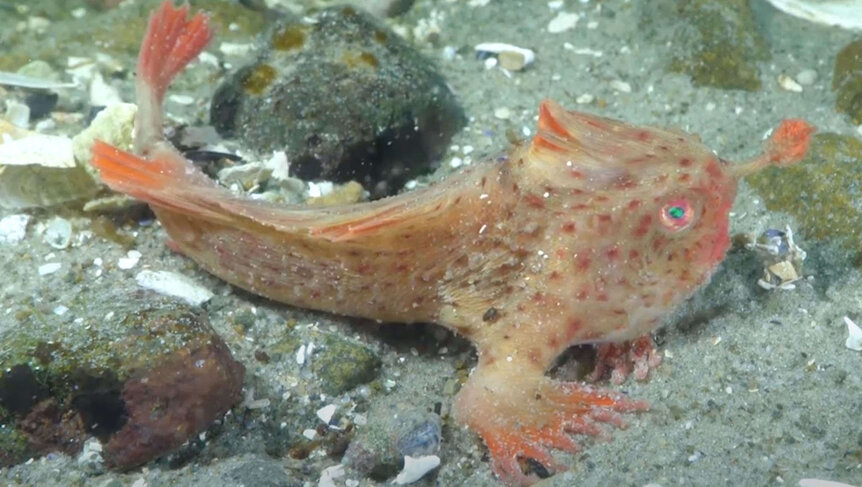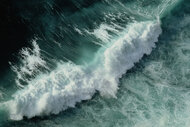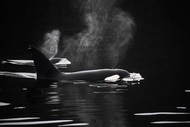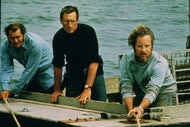Create a free profile to get unlimited access to exclusive videos, sweepstakes, and more!
Thanks humans, one of the weirdest creatures on Earth is now extinct
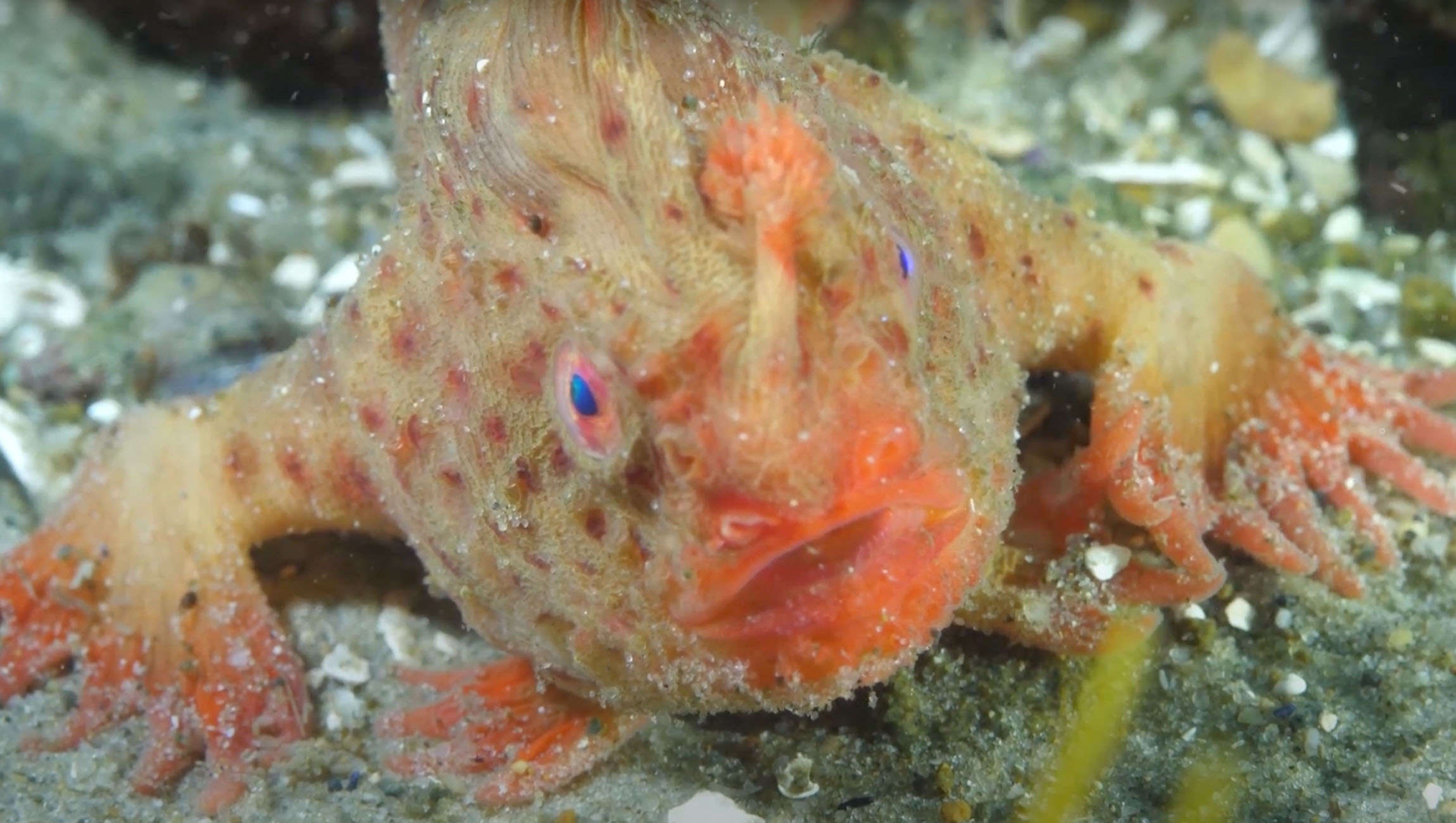
No offense to our species, but we really have ruined the planet. Now one of the freakiest fish to ever walk (it literally did walk) the ocean floor has vanished forever.
Handfish could pass for aliens that spawned in the oceans of some far-off exoplanet. These bizarre creatures walk on their pectoral fins, which look eerily like the webbed hands of the Creature From the Black Lagoon. They have dorsal fins like Mohawks that need no hair gel, and what seems to be a permanent case of duckface. The smooth handfish used to be everywhere along the southeast Australian coast. Because none have been glimpsed alive in over 200 years, scientists have just about given up searching and the International Union for Conservation of Nature (IUCN) has officially declared it extinct.
When a team of marine biologists and volunteer divers surveyed the coast of Australia for handfish several years ago, the study they published in Biological Conservation was what pushed for all handfish species to be included on the IUCN Red List.
What handfish the team did find “were recorded, all at a site threatened by adjacent human activity” and that “populations are either very small or have vanished, spawning substrates have probably declined, and the species lack a larval dispersal stage.
The smooth handfish is the first modern marine bony fish to ever be marked extinct on the IUCN Redlist. There is only one preserved specimen in the world, found and collected by French zoologist François Péron in the early 1800s. Its habitat has been scoured for any signs of the elusive fish for years, but none surfaced. It is thought to have become a victim to a huge scallop fishery that overfished its territory for decades on end, until 1967. That could have been when these handfish actually went extinct without anyone knowing. Too many of them had been accidentally snared in nets meant for scallops, then tossed back into the ocean, which usually led to their demise.
Handfish are relatives of the equally bizarre anglerfish — the deep-sea nightmare that lights up an appendage on its head to lure prey into its toothy jaws — and don’t move around much. They spend most of their time on the seafloor, flapping around here and there if something disturbs them. It is their peculiar way of breeding that keeps the 14 species of handfish left, all of them critically endangered or with unknown populations, from straying too far. Most fish lay an overwhelming amount of eggs that either become free food for other fish or go on to hatch into larvae that eventually grow into juveniles and then adults. Handfish give birth to live young that have no larval phase and are already in the juvenile phase when born.
Humans seem to believe that resources from the sea are endless. Unfortunately, Earth being covered in vast bodies of water does not mean that everything will stay plentiful just for us to exploit it. Going overkill on fishing could end up wiping out many species for different reasons, whether they are the ones being targeted for the fish market or whether, like the smooth handfish, they suffer from the aftereffects of fishing methods that destroy their habitats.
The most tragic part about this extinction is that reducing scallop fishing probably wouldn’t have saved the smooth handfish. Commercial hunting for scallops involves dredging up the seafloor, and if we want other threatened species to survive, such as the spotted handfish (the first marine bony fish to be declared critically endangered) and the red handfish (above and at top), we need to rethink our fishing practices. The Institute for Marine and Antarctic Studies raised awareness about the plight of handfish through an unreal up-close video of the red handfish. Lack of information on some types of these fish may mean we are running out of time.
“The absence of information on the conservation status of the majority of marine species needs urgent attention,” the team who investigated handfish numbers said in their study, “including through expanded citizen science efforts, if management intervention is to occur and extinctions minimized.”
